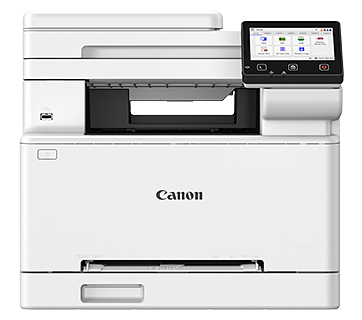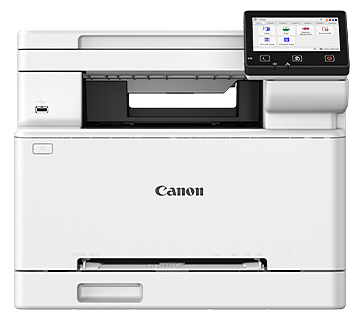Paper Handling
Solution
Available paper/original type and size are explained below.
Available original type, size, weight and quantity are shown in the table below.
| Platen Glass | Feeder | |
| Type | Sheet*1, book, three-dimensional objects | Sheet |
| Size (W x L) | Max. 215.9 mm x 355.6 mm | Max. 355.6 mm x 215.9 mm*3 Min. 128mm x 139.7 mm*3 |
| Weight | 2 kg | One-sided scanning: (1 page): 50 to 128 g/m2*4 One-sided scanning: (more than 2 pages): 50 to 105 g/m2*5 Two-sided scanning: 64 to 105 g/m2 |
| Quantity | 1 sheet | Max. 50 sheets*2 (Max. 30 sheets for LGL documents)*2 |
*1 When copying transparent documents such as tracing paper or transparencies, use a piece of plain white paper to cover the document after placing it face-down on the platen glass.
*2 80 g/m2 paper
*3 When copying two-sided originals, only A4,LTR, LGL, FLSC can be used.
*4 64 to 128 g/m2 when copying paper smaller than A4/LTR.
*5 64 to 105 g/m2 when copying paper smaller than A4/LTR.
- Do not place the originals in the feeder until the glue, ink or correction fluid on the document is completely dry.
- Remove all fasteners (staples, paper clips, etc.) before loading the originals in the feeder.
- To prevent originals jams in the feeder, do not use any of the following:
- Wrinkled or creased paper
- Carbon paper or carbon-backed paper
- Curled or rolled paper
- Coated paper
- Torn paper
- Onionskin or thin paper
- Paper printed with a thermal transfer printer
- Transparencies
Make sure your originals' text and graphics fall within the shaded area in the diagram below.
Note that the margin widths listed are approximate and there may be slight variations in actual use.
- Copy Scanning Area

- Fax Scanning Area

The paper size and types that can be used with this machine are shown in the following table.
| Paper drawer(s) | Stack bypass tray | ||
| Size (W x L) | A4*8, A5, B5, Legal*8,
Letter*8, Officio, M-Officio, BOfficio, Executive, Foolscap*8 | 76.2 x 127 to 215.9 x 355.6
mm (Always set vertically.) | |
| Weight | 60 to 120 g/m2 | 60 to 176 g/m2 | |
| Quantity | Max. 250 sheets *1*9 | Max. 100 sheets *1 | |
| Type | Plain *2 |  |  |
| Plain H *3 |  |  | |
| Color *2 |  |  | |
| Recycled *2 |  |  | |
| Heavy 1 *4 |  |  | |
| Heavy 2 *5 | - |  | |
| Bond *6 |  |  | |
| Transparency *7 | - |  | |
| Labels | - |  | |
| Envelopes | - |  | |
| Rough |  |  | |
( : available -: not available)
: available -: not available)
 : available -: not available)
: available -: not available)*1 80 g/m2 paper
*2 70 to 90 g/m2
*3 75 to 105g/m2
*4 106 to 120 g/m2
*5 121 to 176 g/m2
*6 75 g/m2
*7 Use only A4 transparencies made especially for this machine.
*8 Can be used for two-sided copying.
*9 Max. 500 sheets of paper can be set in the optional Cassette Feeding Unit-AB1.
NOTE
The default paper size is A4. If you use a different paper size, you must change the paper size settings.
- To prevent paper jams, do not use any of the following:
- Wrinkled or creased paper
- Curled or rolled paper
- Coated paper
- Torn paper
- Damp paper
- Very thin paper
- Paper which has been printed on using a thermal transfer printer (Do not copy on the reverse side.)
- The following types of paper do not print well:
- Highly textured paper
- Very smooth paper
- Shiny paper
- Make sure the paper is free from dust, lint, and oil stains.
- Be sure to test paper before purchasing large quantities.
- Store all paper wrapped and on a flat surface until ready for use. Keep opened packs in their original packaging in a cool, dry location.
- Store paper at 18°C-24°C, 40%-60% relative humidity.
- Use only the transparencies designed for laser printers. Canon recommends you to use Canon type transparencies with this machine.
The shaded area indicates the approximate printable area of A4 paper and envelope. Note that the margin widths listed are approximate and there may be slight variations in actual use.









